Renting a horse stall can be an expensive undertaking. But, with the right information, you can make an informed decision that best fits your budget and horse’s needs. In this article, we’ll explore the costs associated with renting a horse stall, and provide tips on how to find the best stall for your horse.
Factors that Influence Stall Rental Costs

When renting a horse stall, there are a number of factors that can affect the rental cost. These can include:
- Location – the cost of renting a stall will vary depending on the geographic location. For example, renting a stall in a rural area may cost less than renting one in an urban or suburban area.
- Size of the Stall – the size of the stall will also influence the cost of rental. Larger stalls may cost more to rent than smaller stalls.
- Amenities – if the stall is equipped with certain amenities such as a feed room or access to a riding arena, this could increase the cost of the rental.
- Length of Rental – the length of the rental period may also affect the cost. Longer rental periods may be more cost effective than shorter ones.
- Number of Stalls – if you are renting multiple stalls, the cost may be discounted based on the number of stalls rented.
It is important to consider all of these factors when researching the cost of renting a horse stall. By understanding the different factors that can influence the cost, you can ensure that you are getting the best deal on your stall rental.
Location
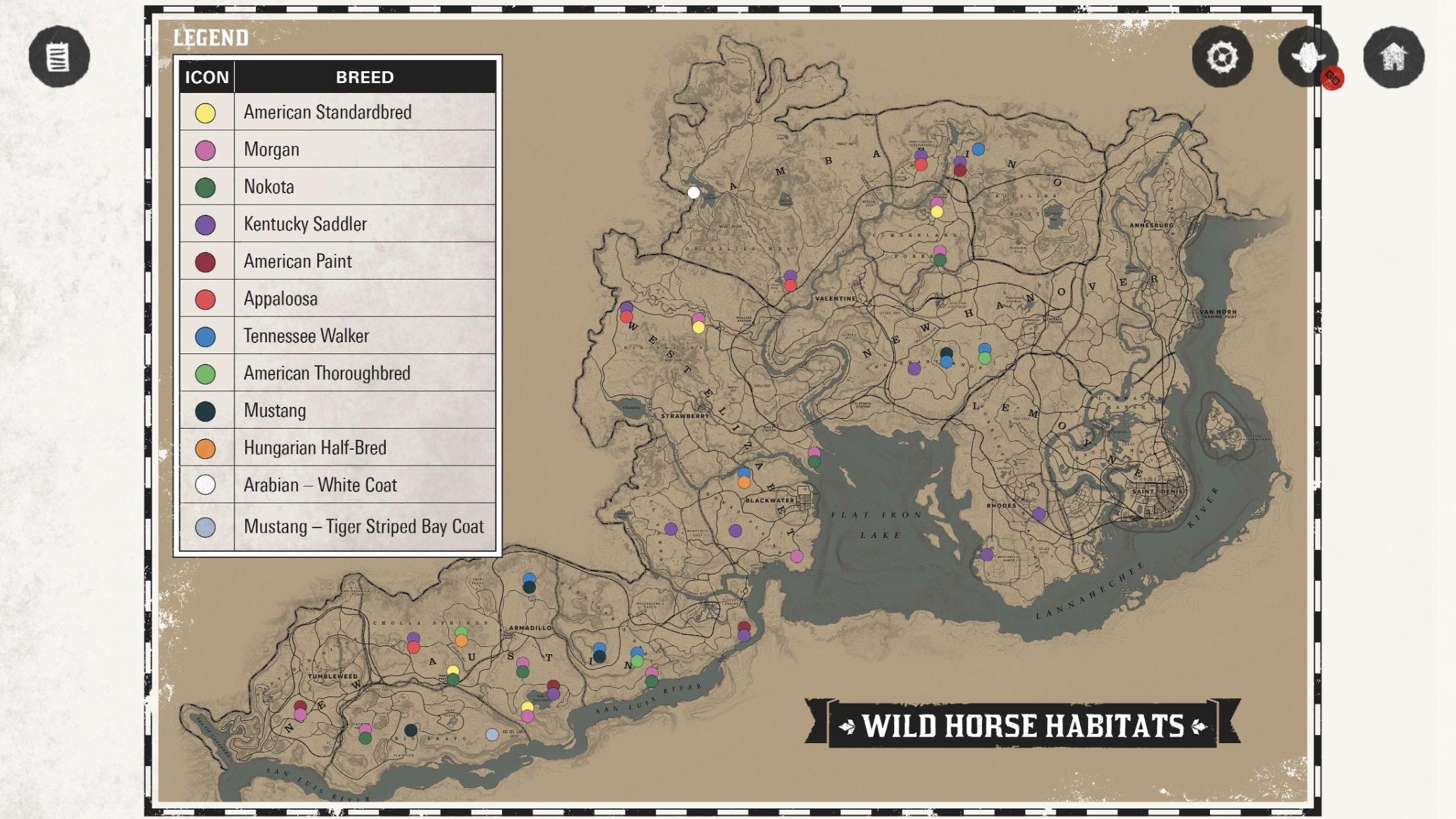
The cost of renting a horse stall will vary depending on its location. Renting a stall in an urban area with a higher population density will typically cost more than in a rural area. Some factors to consider include the size and condition of the stall, the amenities offered, and the distance from a boarding facility.
| Location | Cost |
|---|---|
| Urban | High |
| Rural | Low |
In urban areas, monthly rental rates for horse stalls can range from $500-$1000 depending on the size, amenities, and condition of the stall. In rural areas, the price range is typically much lower, ranging from $250-$500 per month.
It is also important to consider the distance from a boarding facility, as this will affect the cost of renting a horse stall. Stalls located close to a boarding facility tend to cost more than those located further away. Additionally, stalls located close to a showground or racetrack may cost more due to the increased demand for horse stalls in these areas.
Size of Stall

The size of the horse stall you need to rent for your horse will depend on a few factors, including the size of the horse and the type of housing you will be providing. For example, if you are housing a miniature horse, they will need much less space than a large horse. Other factors may include the amount of turnout and playtime your horse will be getting, as well as the amount of bedding you will need to provide.
The average horse stall is typically 12’x12’, but larger stalls can be up to 16’x16’ or even larger. If you are providing a stallion with a mare or multiple horses in one stall, you will likely need a larger stall size. Additionally, some horse owners prefer an even larger size stall of 16’x20’ or larger, to provide their horse with more room to move around and to allow for extra space for storage, equipment, and grooming.
When renting a horse stall, you may also need to consider the type of enclosure you will need. Most stalls are typically enclosed with wood, metal, or plastic fencing, with a door for entry and exit. In some cases, an additional outside corral enclosure may also be rented or included with the stall itself.
When it comes to renting a horse stall, the size you choose will depend on the type of housing you need and the size of your horse. It is important to take into account the type of enclosure, the size of the stall, and any additional costs associated with renting a stall before making your decision.
Amenities
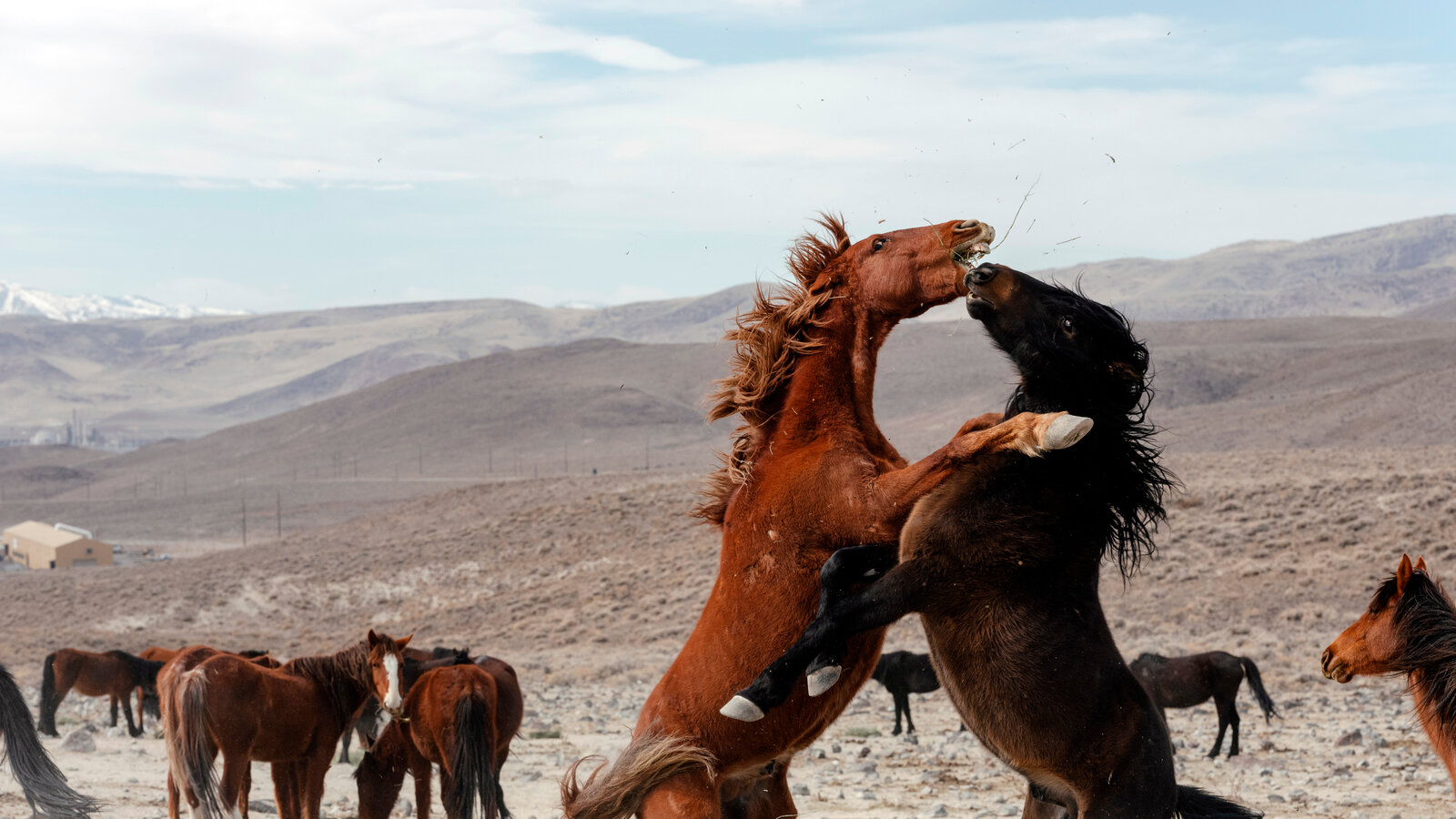
- Stall with clean, fresh bedding
- Access to water and hay
- Adequate ventilation
- Wash stall
- Turn-out options
- Access to outdoor arena
- Onsite storage for equipment
- Feeding and grooming supplies
- Access to a tack room
Type of Stall
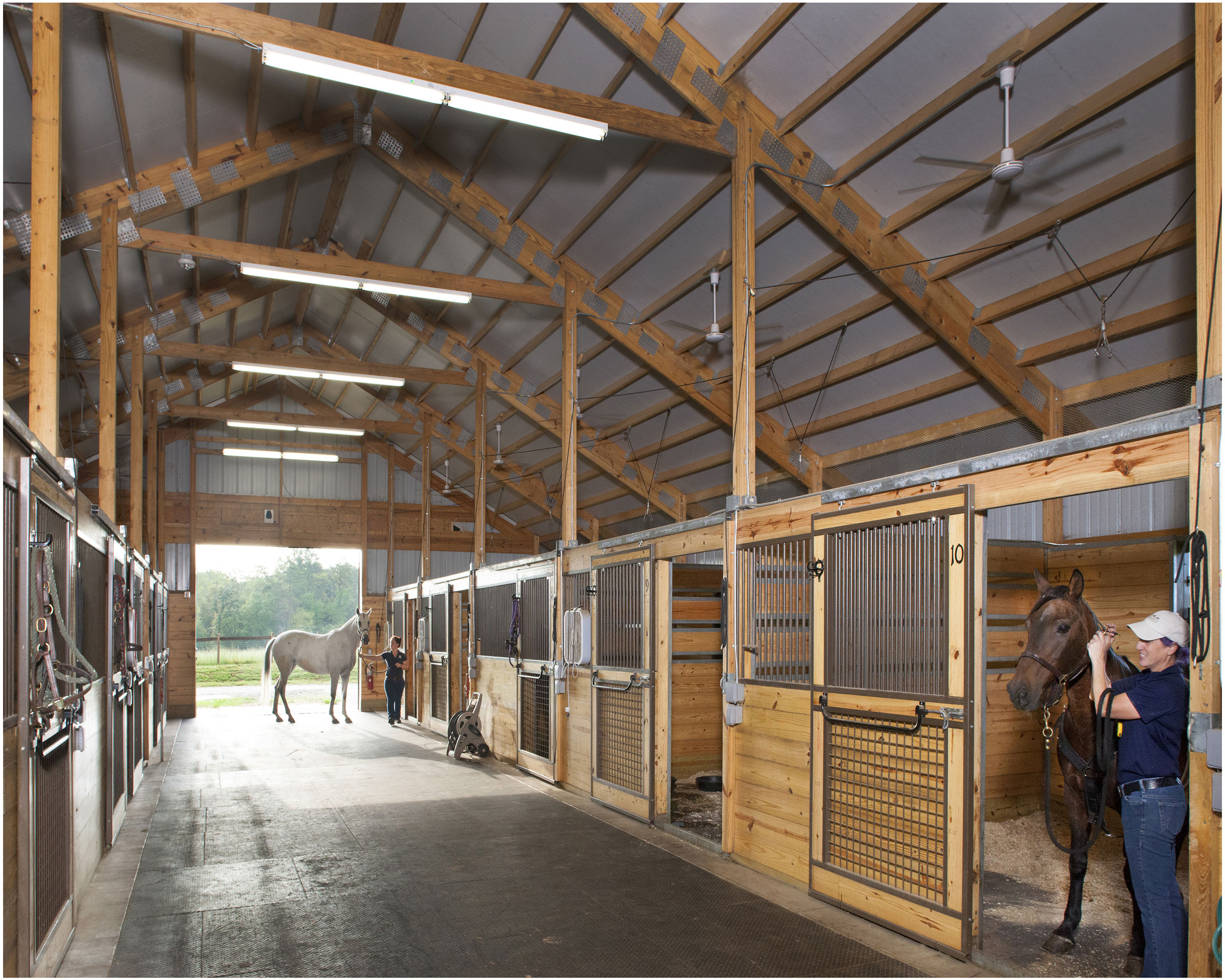
There are different types of horse stalls available for rent, and the cost of rental can vary depending on the size and type of stall. The most common types are box stalls, which are typically used in private barns, and aisle stalls, which are used in larger barns and public facilities.
| Type of Stall | Description |
|---|---|
| Box Stall | A box stall is a private stall in a barn, usually with a door. This type of stall is great for a single horse, as it provides a lot of privacy and comfort. It is also more secure, as the door can be locked. |
| Aisle Stall | An aisle stall is typically used in larger barns and public facilities. These stalls are open to the aisle, and the horse has access to the aisle. This type of stall is great for socialization, as it allows the horse to interact with other horses and people. |
Average Cost of Horse Stall Rental

Horse stall rental can vary greatly depending on the type of facility, location, and amenities. Generally, the cost of renting a horse stall ranges from $250 to $1000 per month.
Here is a breakdown of the average cost of renting a horse stall:
- Basic Stall with No Amenities: $250 to $400 per month
- Stall with Limited Amenities: $400 to $600 per month
- Stall with Full Amenities: $600 to $1000 per month
The cost of a horse stall rental can also vary depending on the additional services provided. For example, a facility may offer turn-out services, grooming assistance, or exercise programs. These additional services may increase the cost of the rental, so be sure to ask about any extras that may be available.
Finally, the cost of a horse stall rental may also vary depending on the location. For example, a stall in a large city may cost more than a stall in a rural area. Likewise, a stall in a prestigious equestrian facility may be more expensive than a stall in a small, local stable.
When considering the cost of renting a horse stall, it is important to factor in the amenities, services, and location to get an accurate estimate of the cost. On average, renting a horse stall can range from $250 to $1000 per month.
Cost Saving Tips
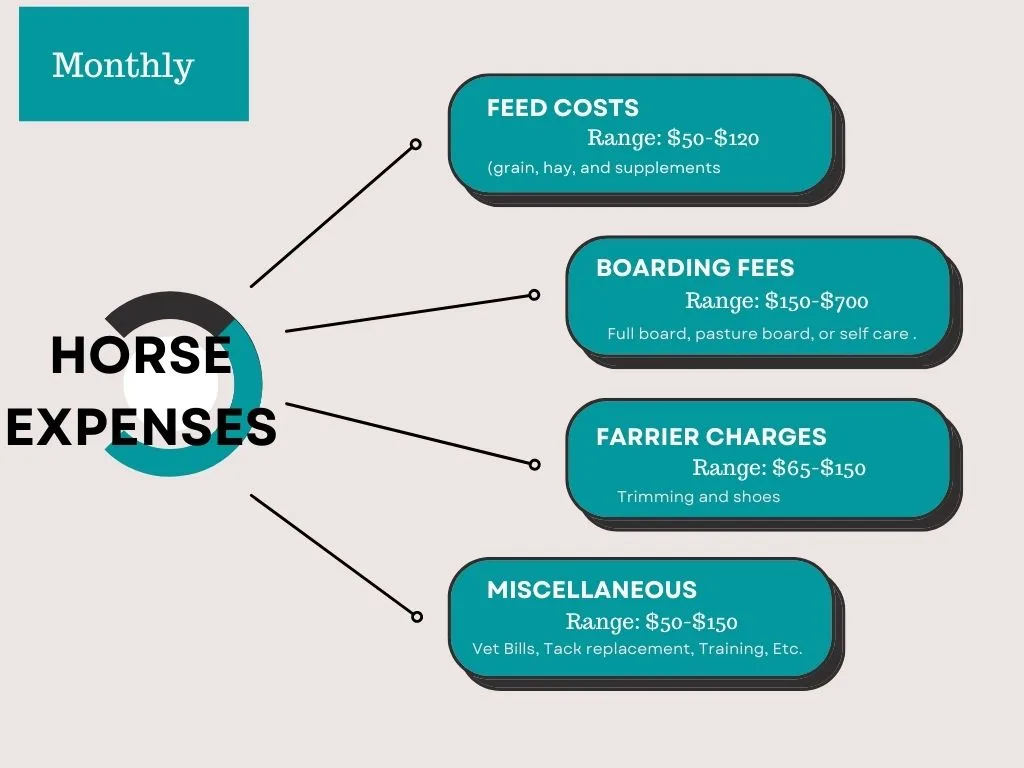
Renting a horse stall can be expensive, but there are ways to save money. Here are a few tips to help you save on your horse stall rental costs.
Shop Around
Don’t just settle for the first horse stall you find. Shop around and compare prices. Look for deals and discounts, such as lower rates for longer leases or discounts for paying in advance. Make sure to read all the fine print to make sure you are getting the best deal.
Negotiate
Don’t be afraid to negotiate on the price. Landlords or property managers may be willing to lower the price if you offer to pay a higher security deposit or pay in advance. You can also negotiate on the length of the lease.
Look for Alternatives
You may be able to find cheaper alternatives to renting a horse stall. Consider sharing a stall with another horse owner or splitting the cost of a stall with a friend. You may also be able to find a horse boarding facility that offers lower rates.
Look for Discounts
Look for discounts on the rental cost of a horse stall. Some landlords may offer discounts for military personnel, seniors, or students. Also, check with your local equestrian organizations to see if they offer any discounts.
Do Your Research
Do your research to make sure the horse stall you are renting meets all safety and health regulations. Make sure the stall is well kept and has adequate ventilation. Also, ask about any additional fees or hidden costs that may be associated with the rental.
Know Your Rights
Make sure you understand your rights as a tenant. Read the lease carefully and make sure you understand all the terms and conditions. Ask questions if there is something you don’t understand and make sure you get everything in writing.
Compare Amenities
When comparing horse stalls, make sure to compare the amenities each stall offers. Some stalls may offer a larger area for your horse to move around in or additional storage space. Others may offer grooming and veterinary services or amenities such as a heated barn or indoor arena.
Seek Financial Assistance
If you are having trouble affording the cost of a horse stall, you may be able to get financial assistance. Talk to your local equestrian organizations or community groups to see if they offer any grants or loans that can help you with the cost.
Additional Fees
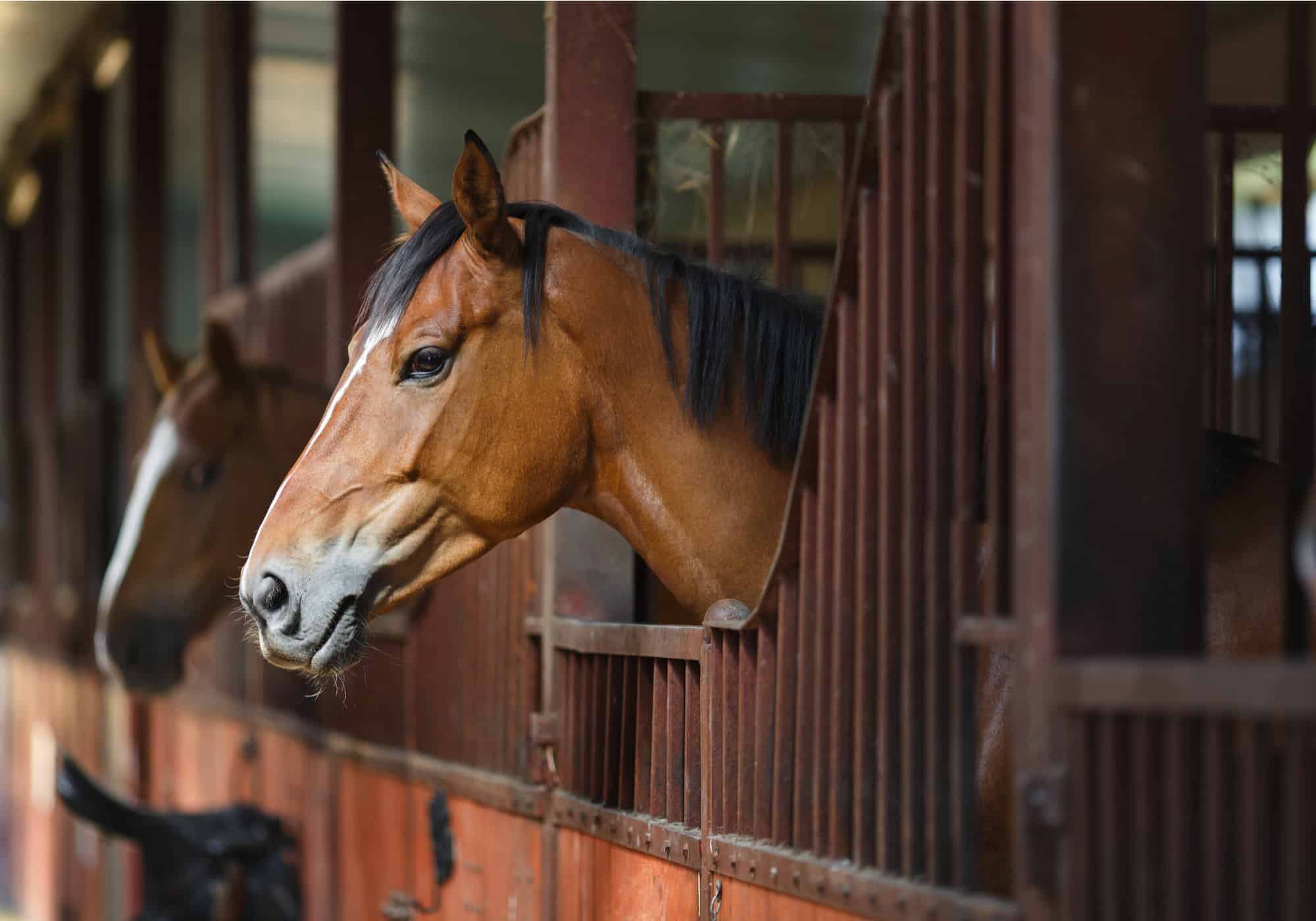
When renting a horse stall, there may be additional fees that are not included in the initial rental cost. These fees can vary depending on the facility, so it is important to ask about any additional fees when inquiring about rental costs.
Some common additional fees include a fee for bedding, such as hay, straw, or wood shavings. This fee is usually based on the amount of bedding required for each horse and can be charged per bale or per stall. There may also be a fee for water, which can be charged on a per-horse basis or per-stall basis.
Other fees that may be charged include a fee for the use of the arena, a fee for use of the wash rack, or a fee for use of the tack room or other amenities. These fees are usually charged per day or per hour and can vary greatly depending on the facility.
Finally, there may be a security deposit required when renting a horse stall. This deposit is usually refundable, but it is important to ask about this before signing a rental agreement.
Finding Horse Stall Rentals
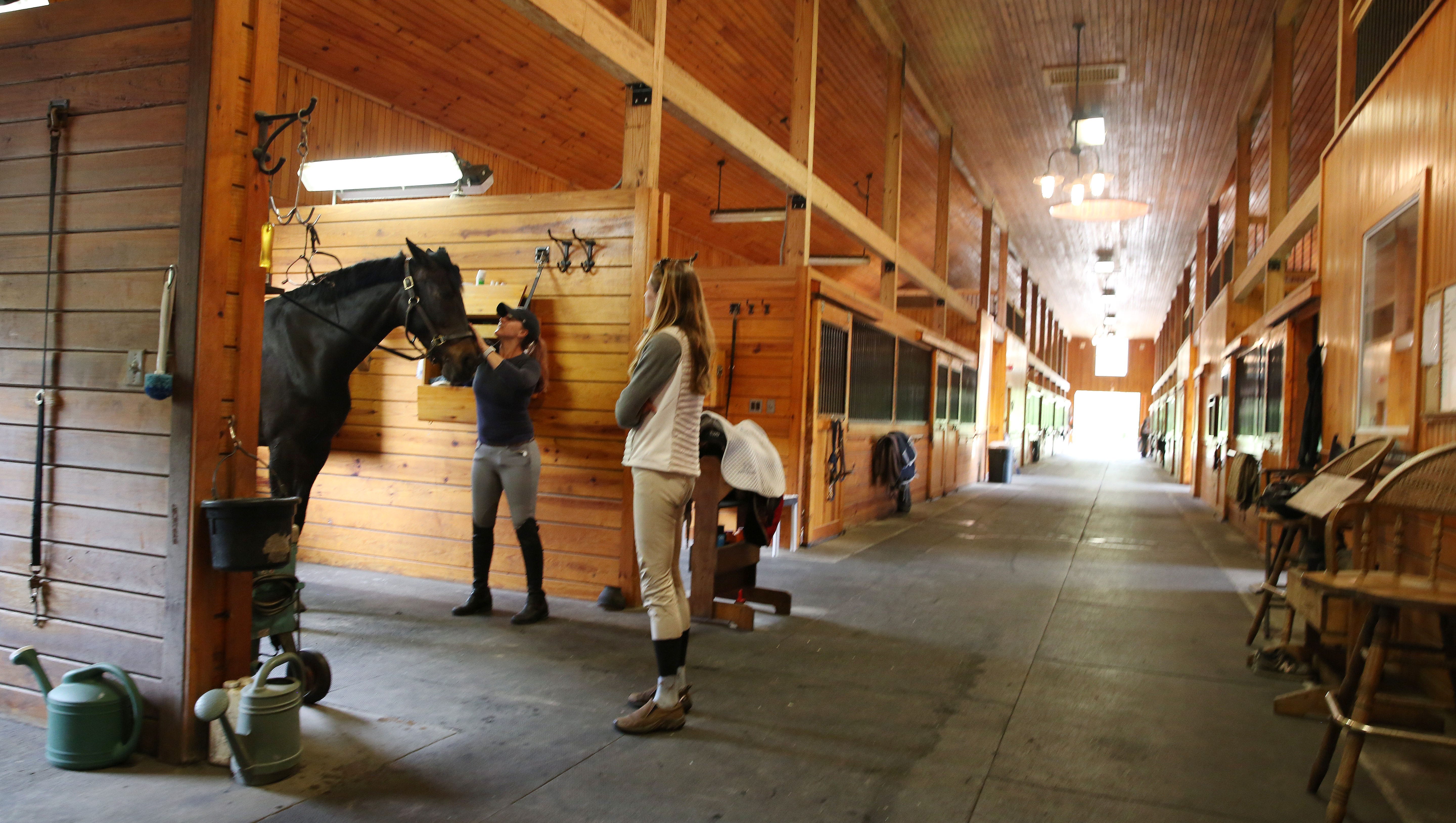
When looking for a place to rent for your horse, it’s important to consider the type of stall you need, the cost of renting, and the amenities that come with the stall. Depending on the area, you may be able to find a horse stall to rent in a private barn, a boarding facility, or even a public stable.
Types of Horse Stalls
The type of horse stall you choose will depend on the needs of your horse. What size stall do they need? Do you need a stall that is insulated? Is it important for the stall to have a window or a fan? These are just a few of the questions to consider when selecting the right horse stall.
Cost of Renting a Horse Stall
The cost of renting a horse stall will vary depending on the type of stall you choose and the amenities that come with it. Private barns and boarding facilities usually charge higher rates than public stables because they offer more amenities. Generally, the cost of renting a horse stall can range from $200-$500 per month, depending on the type of stall and the area you are in.
Amenities Included in Horse Stall Rentals
When looking for a place to rent for your horse, it’s important to consider the amenities that come with the stall. Amenities can include, but are not limited to, access to trails, turnout spaces, and a tack room. Some facilities even offer on-site veterinary services or riding lessons. Be sure to ask about any additional amenities that may be included in the price of the stall.
Finding a Horse Stall for Rent
The best way to find a horse stall for rent is to ask around and do some research. Talk to other horse owners in your area to find out what stables are available, and check online for reviews and ratings. You can also contact local farms and stables to find out more about their horse stall rentals.
Table of Horse Stall Rentals
| Facility | Cost | Amenities |
|---|---|---|
| Private Barn | $200-$500 per month | Access to trails, turnout spaces, tack room |
| Boarding Facility | $200-$500 per month | Access to trails, turnout spaces, tack room, on-site veterinary services, riding lessons |
| Public Stable | $100-$400 per month | Access to trails, turnout spaces, tack room |
Legal Considerations
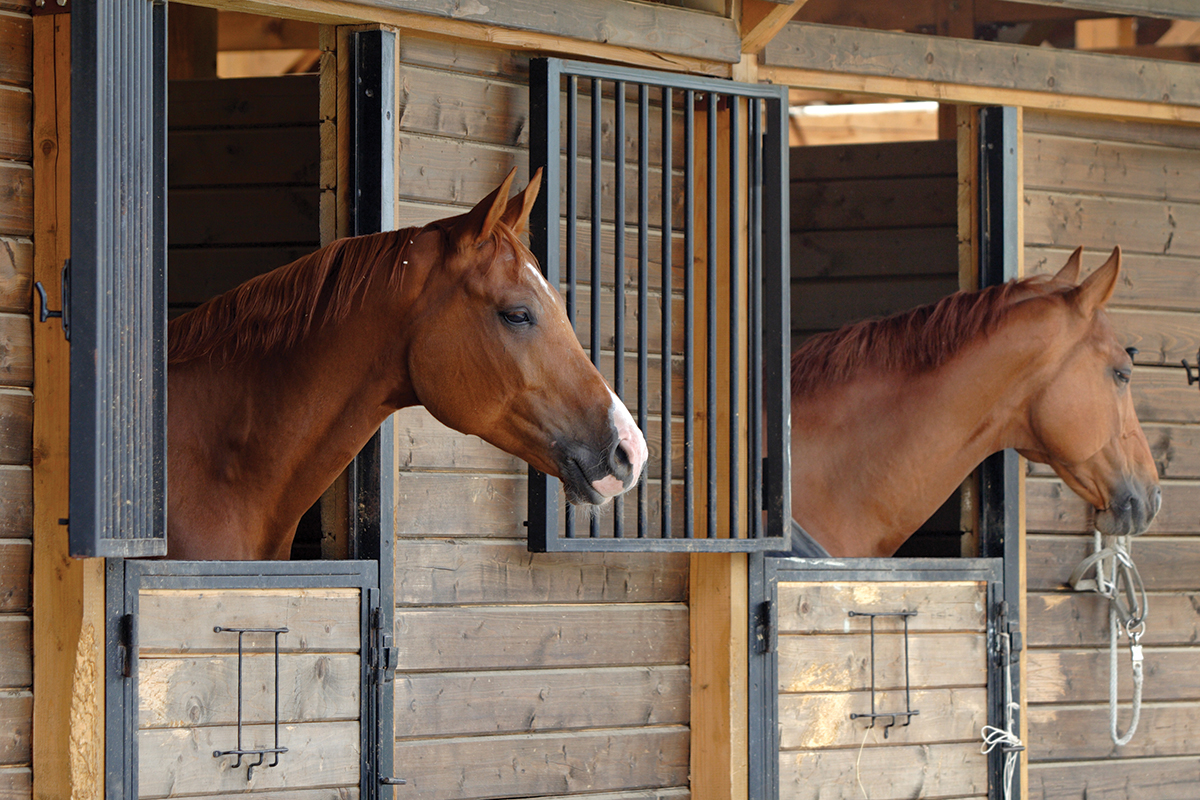
When considering renting a horse stall, it is important to be aware of the legal aspects of the agreement. Here are some key legal considerations to keep in mind:
- Review the terms of the contract carefully, including the rental period, rental fees, and any additional fees or deposits.
- Make sure the contract is legally binding and that it includes provisions for terminating the agreement if necessary.
- Ensure that the stall is up to code and meets all applicable legal requirements for animal housing.
- Check to see if there are any zoning regulations or other restrictions that might affect the use of the stall.
- Find out if the stall has been inspected by a veterinarian or other animal health professional.
- Be aware of any liability issues that may arise from renting the stall.
Pros and Cons
| Pros | Cons |
|---|---|
|
|
Frequently Asked Questions
1. What is the difference between a horse stall and a stable?
A horse stall and a stable are both structures used to house horses, but they differ in several ways. A horse stall is a single, enclosed space within a larger structure, typically made of wood and metal. It provides the horse with a safe and secure environment, allowing them to rest comfortably and be protected from elements such as mud and rain. A stable, on the other hand, is a larger building which can house several horses at once. Stables are typically made of brick or stone and are much larger than a horse stall, providing more space for the horse to move around and exercise.
- A horse stall is a single, enclosed space within a larger structure, typically made of wood and metal.
- A stable is a larger building which can house several horses at once, typically made of brick or stone.
- A horse stall provides the horse with a safe and secure environment, allowing them to rest comfortably and be protected from elements such as mud and rain.
- A stable provides more space for the horse to move around and exercise.
2. Are there any safety considerations when renting a horse stall?
Safety should always be the top priority when renting a horse stall. Horse stalls should be checked before renting to ensure they meet safety standards. Here are some safety considerations to keep in mind when renting a horse stall:
- Check the stall for any signs of disrepair, such as chipped paint, cracked boards, or loose nails.
- Ensure that the stall walls are sturdy and free from any sharp edges.
- Look for any holes or gaps in the walls that could pose a safety hazard to your horse.
- Verify that the stall is large enough to accommodate your horse comfortably.
- Make sure the stall is well ventilated and has adequate lighting.
- Inspect the flooring for signs of wear and tear, and that it is level.
- Check for any loose boards, wires, or other potential hazards in the stall.
- Ensure that the stall is clean and free from debris.
- Verify that the stall is free from pests and other animals.
By taking these safety considerations into account, you can rent a horse stall with confidence that your horse will be safe and secure.
3. How often should a horse stall be cleaned?
A horse stall should be cleaned at least once a day, though it’s best to do it twice a day. It should be cleaned out completely, including removing any bedding, manure, or other debris. It should also be mucked out, swept, and washed down to make sure it’s sanitary.
Here are some guidelines for how often you should clean a horse stall:
- Daily: Remove manure and bedding, muck out, sweep, and wash down.
- Weekly: Remove any buildup of dirt and debris, and inspect for damages.
- Monthly: Deep clean and disinfect the stall, as well as check for any necessary repairs.
By following these guidelines, you can ensure that your horse has a clean, safe, and comfortable stall.
4. Is there any special equipment needed to rent a horse stall?
Renting a horse stall may require some special equipment depending on the specific stall and the horse’s needs. Generally, you will need the following items when renting a horse stall:
- Halters and lead ropes
- Buckets for food and water
- Bedding materials such as straw or shavings
- Hay
- Tack such as bridles and saddles
- A grooming kit for brushing and cleaning
- A fly mask or fly sheet to protect against insects
- A fan or cooling system to keep your horse comfortable in hot weather
- A dewormer, as well as any other necessary medications
It is important to check with your rental facility to determine what equipment is provided and what you will need to bring yourself. It is also important to check with your horse’s veterinarian to ensure that all of the necessary items are included in your rental agreement.
5. Are there any restrictions on the types of horses allowed to rent a horse stall?
When renting a horse stall, there may be some restrictions on the types of horses allowed depending on the barn and the area. Generally, restrictions are put in place to ensure the safety of the horses and the people who work with them. Here are some common restrictions:
- Horses must be healthy, vaccinated, and free of communicable diseases
- Horses must be at least one year old
- Horses must be well-mannered and not overly aggressive
- Horses must be kept in a stall or pasture and not left out in the open
- Horses must be attended to daily by the owner or a responsible person
It is best to check with the barn owner or manager to see if there are any restrictions on the type of horses allowed when considering renting a horse stall.
Conclusion
The cost of renting a horse stall can vary greatly depending on the location, size, and amenities offered. Generally, horse stalls can cost anywhere from $150 to $600 per month, with higher costs for larger stalls with more amenities in more expensive locations. Ultimately, it is important for horse owners to weigh the costs and benefits of renting a horse stall to determine what is best for them and their horses.
References
- Equestrian Events, Inc. “Horse Stalls for Rent.” EquestrianEvents.com, 2017, https://www.equestrianevents.com/horse-stalls-for-rent/
- HorseStalls.net. “Cost of Horse Stalls.” HorseStalls.net, 2018, https://horsestalls.net/cost-of-horse-stalls/
- Livestock Stalls. “How Much Does It Cost to Rent a Horse Stall?” LivestockStalls.com, 2018, https://livestockstalls.com/how-much-does-it-cost-to-rent-a-horse-stall/



